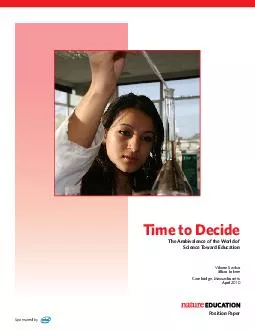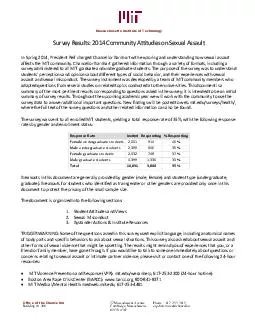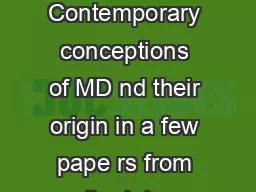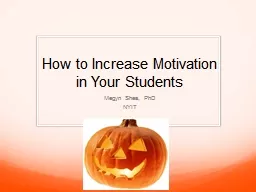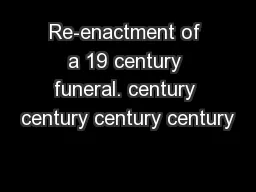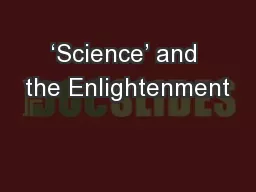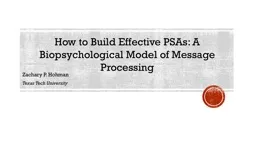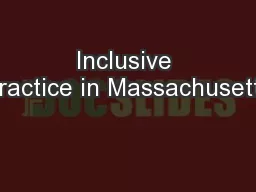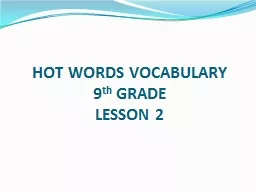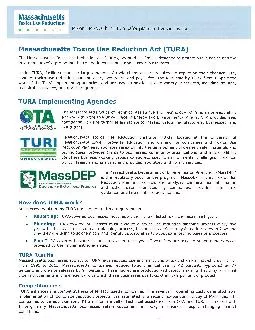PDF-Time to Decide The Ambivalence of the World of Science Toward Education Position Paper
Author : lois-ondreau | Published Date : 2014-12-01
Although the current pace of scienti64257c discovery is inspiring and often breathtaking we must not assume that this pace will continue Scienti64257c progress is
Presentation Embed Code
Download Presentation
Download Presentation The PPT/PDF document "Time to Decide The Ambivalence of the Wo..." is the property of its rightful owner. Permission is granted to download and print the materials on this website for personal, non-commercial use only, and to display it on your personal computer provided you do not modify the materials and that you retain all copyright notices contained in the materials. By downloading content from our website, you accept the terms of this agreement.
Time to Decide The Ambivalence of the World of Science Toward Education Position Paper: Transcript
Download Rules Of Document
"Time to Decide The Ambivalence of the World of Science Toward Education Position Paper"The content belongs to its owner. You may download and print it for personal use, without modification, and keep all copyright notices. By downloading, you agree to these terms.
Related Documents

